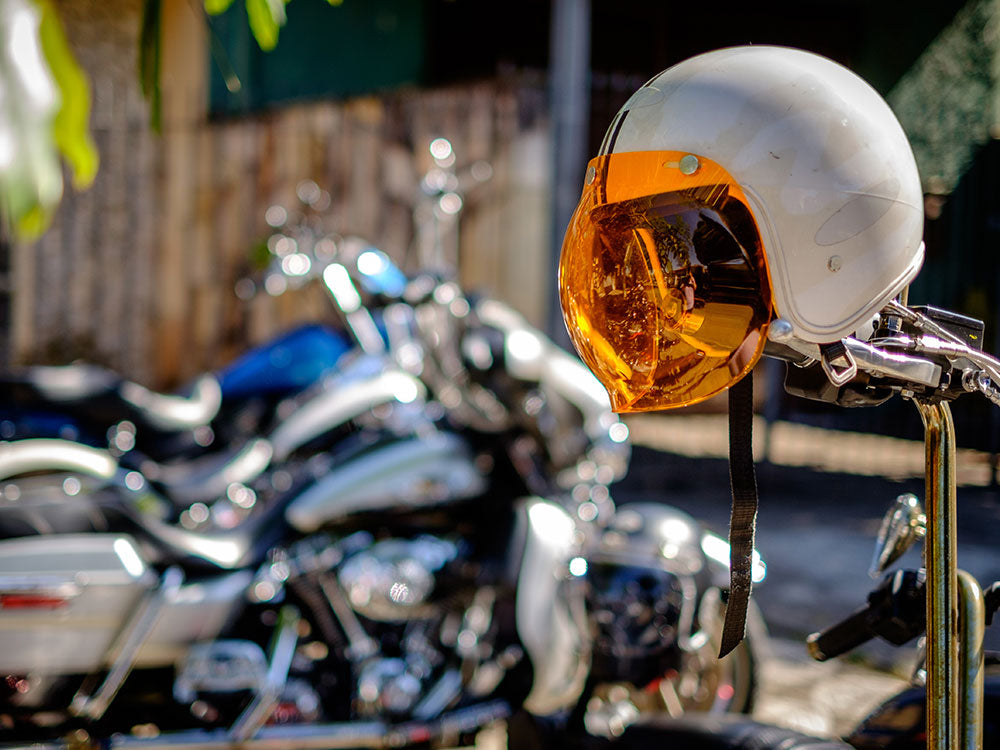Table of Content
1. What Are the Helmet Laws Per State?

Motorcycle helmet laws vary from state to state and in the past few decades have seen many changes. A large number of the states require everyone riding a motorcycle to wear a helmet, while other states require those of a specific age and under to wear a helmet. Only three states have no laws regarding wearing a helmet.
2. Covers Riders 17 and Younger
- Montana
- Idaho
- Wyoming
- Utah
- Arizona
- New Mexico
- Alaska
- Oklahoma
- Kansas
- Colorado
- South Dakota
- North Dakota
- Minnesota
- Wisconsin
- Connecticut
- Indiana
- Ohio
- Maine
- Hawaii
3. Covers Riders 20 and Younger
- Arkansas
- Texas
- Rhode Island
- South Carolina
- Florida
- Kentucky
- Pennsylvania
4. Covers Riders 18 and Younger
- Delaware
- Arkansas

5. Covers all Riders
- Louisiana
- Mississippi
- Alabama
- Georgia
- Tennessee
- North Carolina
- Missouri
- Nebraska
- Virginia
- Ohio
- West Virginia
- New York
- Vermont
- Massachusetts
- New Jersey
- DC
- Maryland
- District of Columbia
- Washington
- Oregon
- Nevada
- California
6. No Laws
- Illinois
- Iowa
- New Hampshire

Previously many of the states had a universal helmet laws that was that resulted from pressure from the federal government. Back in 1967, the feds required states to bring helmet laws into effect in order to qualify for highway construction funding and specific federal safety programs. This incentive worked very well, with many of the states jumping on board. In fact, by the time the early 1970s came around, almost every state had implemented a universal motorcycle helmet law.
However, it was in 1976 that many of the states lobbied Congress to stop the DOT (Dept. of Transportation) from being able to assess a financial penalty on those states that did not have a helmet law, and the states won their case. After that, it was at the discretion of each state to decide what their motorcycle helmet laws would look like.
The laws do vary from one state to the next. Generally a cycle that has a 50 cubic centimeter or less engine, a top speed of 30 mph or less, and/or braking horsepower of 2 hp or less is considered to be a low power cycle. IIHS uses this term low power cycle to cover scooters, mopeds, motor driven cycles and other 2 wheeled cycles that are considered excluded from the definition of motorcycle and therefore any laws that apply to motorcycles. However, in 23 of the states the motorcycle helmet laws also apply to low power cycles. Other states have laws that cover some of the low power cycles.
If you have a motorcycle that is larger than what we have described as a low power cycle, you must follow the rules that apply to the state you live in. Of course, any of these laws can change at any time, so it is important to always check with your state for the most current up to date helmet laws.









Leave a comment
All comments are moderated before being published.
This site is protected by hCaptcha and the hCaptcha Privacy Policy and Terms of Service apply.